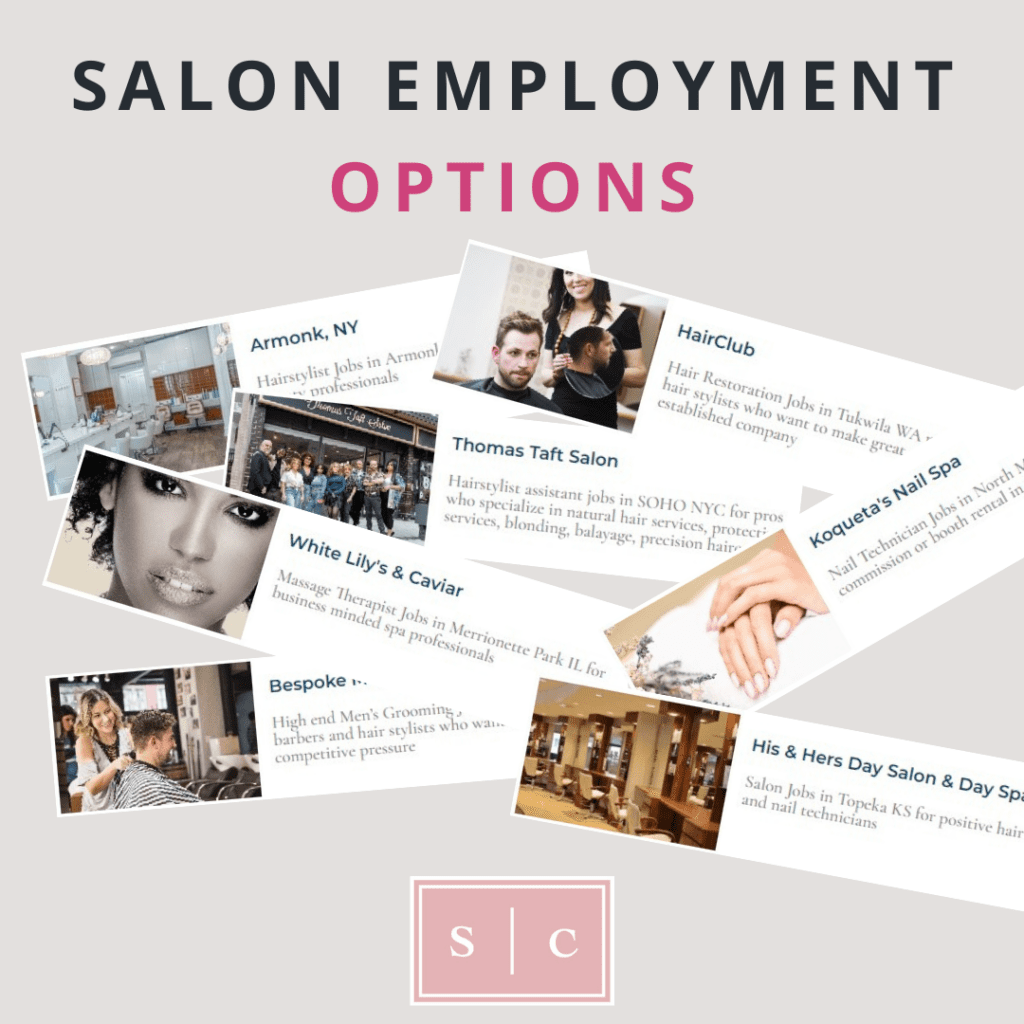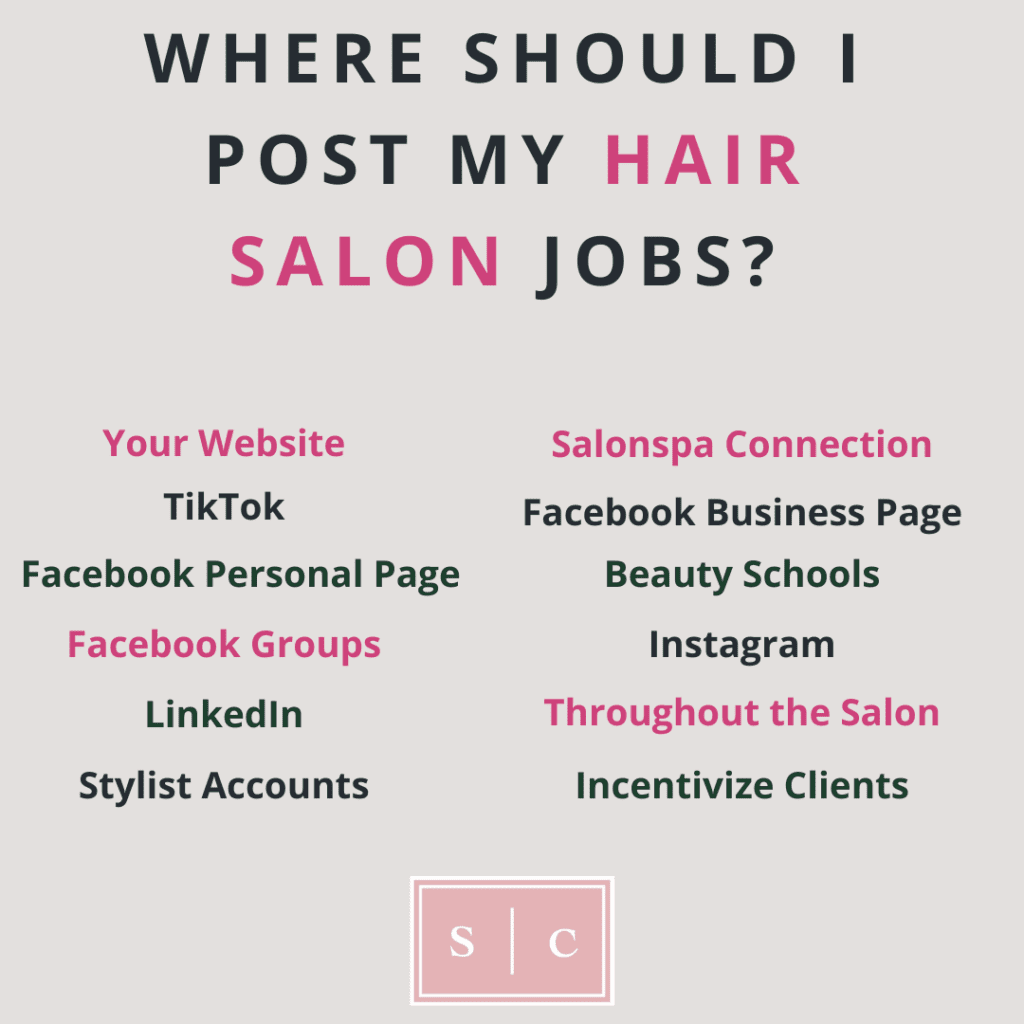
The world of beauty is vibrant, dynamic, and ever-evolving, offering a fascinating landscape for creative professionals. At its heart lies the hair stylist, a skilled artisan who transforms appearances, boosts confidence, and often becomes a trusted confidant. Far from being limited to a single path, hair stylist career options are incredibly diverse, spanning traditional salon settings to the glamorous worlds of fashion, film, and education. For those with a passion for hair, an artistic eye, and a desire to make a tangible difference in people’s lives, this profession offers a wealth of opportunities for growth, specialization, and personal fulfillment.
This article will delve into the myriad of hair stylist career options, exploring the foundational steps required to enter the industry, the various roles within traditional salons, and the exciting, less conventional paths available to experienced professionals. We will also touch upon the essential skills and qualities necessary to thrive in this rewarding field.
The Foundation: Becoming a Hair Stylist
Before exploring the diverse hair stylist career options, it’s crucial to understand the foundational steps. The journey typically begins with formal education and licensure.
Education: Aspiring hair stylists enroll in accredited cosmetology schools. These programs typically range from 9 to 18 months and cover a comprehensive curriculum. Students learn the fundamentals of cutting (from basic trims to advanced techniques), coloring (single process, highlights, balayage, corrective color), styling (blowouts, updos, braiding), chemical treatments (perms, relaxers, keratin treatments), and hair extensions. Beyond technical skills, cosmetology schools also teach essential subjects like sanitation, anatomy, physiology, chemistry, client consultation, and basic business practices, all crucial for a successful career.
Licensing: Upon completing their education, graduates must pass state board examinations to obtain a professional license. These exams typically include both written and practical components, ensuring that stylists meet the state’s standards for safety, hygiene, and technical proficiency. Licensing is mandatory for practicing legally and ethically in the vast majority of locations.
Apprenticeships and Entry-Level Roles: While formal education provides a strong theoretical and practical base, real-world experience is invaluable. Many new stylists begin their careers as assistants or junior stylists in salons. This apprenticeship period allows them to shadow experienced professionals, learn advanced techniques, master salon operations, build speed, and begin to develop their own client base under supervision. It’s a critical stepping stone that bridges the gap between classroom learning and independent practice.
Traditional Salon Roles: The Heart of the Industry
For many, the salon is the quintessential workplace for hair stylists, offering a clear progression of hair stylist career options based on experience, skill, and specialization.
Entry-Level Stylist / Junior Stylist: New licensees often start here, performing basic services like shampoos, blowouts, and simple cuts. They focus on refining their foundational skills, building speed, and learning the salon’s specific procedures and product lines. This role is about absorbing knowledge and building confidence.
Experienced Stylist: With a few years under their belt, stylists develop a loyal clientele and a strong reputation. They master a wider range of services, often specializing in areas like advanced coloring, intricate cutting techniques, or hair extensions. Their income typically grows through commission, tips, and product sales.
Senior Stylist / Master Stylist: These are the highly sought-after professionals with extensive experience, often ten or more years in the industry. They have a fully booked schedule, command premium prices, and are known for their exceptional skill and artistry. Senior stylists often mentor junior staff and contribute significantly to the salon’s reputation.
Colorist Specialist: Within a salon, some stylists choose to specialize exclusively in hair coloring. This requires deep knowledge of color theory, chemistry, and advanced techniques like balayage, ombré, corrective color, and vibrant fashion colors. They are artists who understand how to achieve specific hues and tones while maintaining hair health.
Extension Specialist: Another popular specialization involves the application and maintenance of hair extensions. This requires precision, knowledge of different extension types (tape-ins, fusion, micro-links, wefts), and an understanding of how to seamlessly integrate them with natural hair.
Salon Manager / Director: For those with leadership qualities and business acumen, managing a salon is a viable path. This role involves overseeing daily operations, managing staff (hiring, training, scheduling), inventory control, marketing, customer service, and ensuring the salon runs profitably and efficiently. It requires strong organizational and interpersonal skills.
Salon Owner: The ultimate entrepreneurial path in the traditional salon setting. Owning a salon offers complete creative and business control but also comes with significant responsibilities, including financial management, marketing, staff management, and ensuring client satisfaction. It requires a substantial investment of time, money, and effort but can be incredibly rewarding for those with a strong business vision.
Beyond the Salon: Diverse Hair Stylist Career Options
The beauty industry extends far beyond the four walls of a traditional salon, offering a plethora of exciting and specialized hair stylist career options for those seeking alternative environments or niche expertise.
Freelance / Mobile Stylist: This path offers immense flexibility. Freelance stylists work independently, often from a home studio or by traveling to clients’ homes or event venues. They are popular for weddings, proms, photoshoots, and for clients who prefer the convenience of at-home services. This requires strong self-marketing, excellent time management, and a solid understanding of business operations.
Platform Artist / Educator: Highly skilled and charismatic stylists can become platform artists or educators for major beauty brands (e.g., L’Oréal, Redken, Wella, Paul Mitchell). They travel to trade shows, academies, and salons, demonstrating new techniques, showcasing products, and teaching other professionals. This role demands exceptional technical skill, public speaking ability, and a passion for sharing knowledge.
Editorial / Session Stylist: This glamorous path involves working on photoshoots for fashion magazines, advertising campaigns, and lookbooks. Editorial stylists collaborate with photographers, fashion designers, and makeup artists to create specific looks that align with the creative vision of the shoot. It’s a fast-paced, high-pressure environment that requires versatility, creativity, and the ability to work under tight deadlines. Networking and building a strong portfolio are crucial for breaking into this competitive field.
Film / TV / Theatre Stylist: Working in the entertainment industry involves creating hair looks for actors and performers on movie sets, television shows, and theatrical productions. This can range from contemporary styles to historically accurate period pieces, special effects hair, or wig work. Stylists often work long hours on set, are part of a larger crew, and may need to join a union. It requires adaptability, attention to detail, and often research skills for historical accuracy.
Wig Stylist / Specialist: A niche but vital role, wig stylists design, style, and maintain wigs for various purposes, including theatre, film, fashion, and for individuals experiencing hair loss due to medical conditions. This specialization requires a deep understanding of wig construction, materials, and styling techniques unique to synthetic and human hair wigs.
Product Development / Technical Advisor: Some experienced stylists transition into roles with beauty product manufacturers. They might work in research and development, testing new formulations, providing technical feedback on product performance, or acting as technical advisors to educate sales teams and other stylists about product usage. This combines a passion for hair with an interest in the science and business of beauty products.
Beauty School Instructor: For those who love teaching and mentoring, becoming a cosmetology instructor is a fulfilling hair stylist career option. Experienced stylists can share their knowledge and practical skills with the next generation of beauty professionals. This typically requires additional certifications or licenses beyond the standard cosmetology license.
Brand Ambassador / Influencer: With the rise of social media, many stylists have leveraged platforms like Instagram, TikTok, and YouTube to build a personal brand. They create content showcasing their work, share tutorials, offer product reviews, and collaborate with beauty brands. This path requires strong marketing skills, consistency, and the ability to engage with an online audience.
Cruise Ship Stylist: For those who love to travel, working as a stylist on a cruise ship offers a unique opportunity to see the world while practicing their craft. Stylists cater to a diverse international clientele and are often part of a larger spa team. Contracts typically last several months, and the work environment is distinct from a land-based salon.
Key Skills and Qualities for Success
Regardless of the specific hair stylist career options pursued, certain skills and qualities are universally important for success in the beauty industry:
- Technical Proficiency: Mastery of cutting, coloring, styling, and chemical treatment techniques is paramount.
- Creativity and Artistic Vision: The ability to envision and execute unique, flattering, and trend-setting looks.
- Communication Skills: Excellent listening skills to understand client desires, clear explanation of services, and the ability to build rapport and trust.
- Customer Service Excellence: Making clients feel valued, comfortable, and ensuring a positive experience.
- Business Acumen: Understanding marketing, pricing, scheduling, inventory management, and financial planning, especially for freelancers and salon owners.
- Adaptability and Continuous Learning: The beauty industry constantly evolves. Successful stylists stay updated on new trends, techniques, and products through ongoing education and workshops.
- Stamina and Physical Endurance: Hair styling involves long hours on your feet, repetitive motions, and often a fast pace.
- Professionalism and Ethics: Punctuality, impeccable hygiene, client confidentiality, and a strong work ethic are non-negotiable.
- Passion and Dedication: A genuine love for the craft and a commitment to continuous improvement are what truly drive long-term success.
Conclusion
The world of hair styling is a vibrant tapestry of creativity, skill, and personal connection. From the bustling energy of a traditional salon to the high-stakes glamour of a fashion shoot or the rewarding experience of educating future professionals, hair stylist career options are incredibly varied and offer paths for every ambition. Success in this field hinges on a strong foundation of technical skill, a relentless pursuit of ongoing education, and the development of essential soft skills like communication and customer service. For those with the passion and dedication, a career as a hair stylist is not just about cutting hair; it’s about transforming lives, building confidence, and constantly evolving in a dynamic and endlessly fascinating industry.






